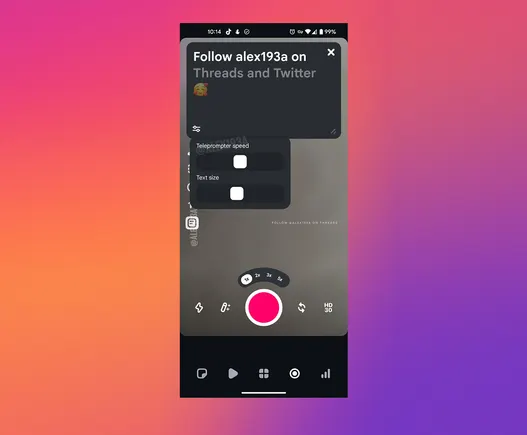Achieving Links That Matter: How To Use Research And Data Driven Journalism
People talk about what they want to read and a good digital PR professional must know what to share. Link building is one of the most difficult strategies in an SEO project. With some innovation and creativity, you can...

People talk about what they want to read and a good digital PR professional must know what to share.
Link building is one of the most difficult strategies in an SEO project. With some innovation and creativity, you can transform it into a tough, but rewarding journey.
So, I’m going to teach you how to improve your link building strategy by achieving important links using data-driven journalism, marketing research, and Google Forms.
Original research makes great linkbait!
First of all: nothing here is doctrine. This is just one of many available strategies that you can apply to your daily link building job.
As a specialist, one of my daily activities is to read and study a lot of articles.
We live in the “content age”, but you must keep in mind what really matters for your project. Simplifying and being objective about what you want for your clients will help you to find value in the journey, and find good content to inspire your strategies – like this article.
Hopefully, this material will open your mind to a lot of good ideas.
To be as helpful as possible, I’m going to teach you how to create a digital PR data-based campaign and pull the perfect headlines.
And don’t worry about the niche; This kind of strategy can be used by anyone.
Here’s how to merge data-driven with search intent and extract more information to share with people.
A good journalist knows that data is the backbone of any perfect campaign! I mean, we can’t argue with facts, right?
A good digital PR strategy must be driven by data.
Before Data, Some Questions To Improve Your Digital PR Strategy
To guide your digital PR strategy, ask yourself these key questions:
What specific problem are you trying to solve with a campaign? Did your client do any PR or content marketing before? Who is your client’s direct competitor? Who is your client’s aspirational competitor? How much SEO knowledge does your client have? What is your client’s dream site on which to see their brand?The answers will help you devise a holistic campaign to ladder up to all your goals.
Now it’s important to present some definitions of data-driven journalism.
What Is Data-Driven Journalism?
I could write some known definitions here, but I won’t.
I’ll talk to you as my teammates.
The basics: data-driven journalism is when your content is data-based.
By rooting your content in data, you are guaranteeing truth and reliability throughout your work.
Besides, with good data, it is possible to better understand user behavior trends and what your audience wants to read.
Data-driven journalism is the perfect mix between numbers and communication – it’s one of the most important ways to understand search intent.
Data protects us from failure.
The First Journalism Rule
A good journalist must cite their sources. This is the kind of lesson you learn in your first college journalism class.
Without sources, there is no valid information, no internet, or even link building.
Do you know anchor text? How about thinking like a source reference? That’s it!
Linkbuilding is a web source reference.
Data-Driven And Journalism: Partners Forever!
When you merged data-driven content and journalism, you can create digital PR campaigns that bring a lot of good links (that matter), with value and relevance.
Take note: relevance.
Without relevance, we have no deal.
The Beginning: Market Research
The first step to a perfect digital PR campaign is to do market research on the internet.
This helps you understand the market necessities, examine the most important news about your specific topic or theme, and devise ideas to create a good campaign.
Google News, Google Trends, Facebook, Instagram, TikTok… you must study all of these deeply to find gaps and opportunities!
As an example, I recently had a specific challenge: to talk about soy and its culture.
I soon discovered there was already plenty of content talking about this topic – so, what’s new? I couldn’t just regurgitate existing content; I needed to find a point of difference to set my work apart.
You must find the icing on the cake of your content.
After conducting plenty of research on the soy market, I found a good way in. While Google had a lot of content talking about soy, there was no content specifically exploring the opinions of soy farmers.
So, I decided to give voice to the soy farmers!
I put together a Google Form survey for soy farmers that focused on technology, problems on plantations, governmental help, and other things.
Structuring The Research
First of all, I structured the survey using Google Forms.
Simple. Just a quick few questions to understand what the farmers have to say!
But where did I find the questions? Through researching soy on Google, and by talking with an agronomist. I held an interview with him to structure my questions in the right way.
It’s important for you to have the validation of an area specialist; this will make your content more effective.
Remember E.A.T., your content should be strong and represent the issues and resolutions of a niche.
After my questions were ready, I created my Google Form survey and sent it to my client’s email.
The wonderful thing about this survey is that the answers could open up a universe of story possibilities.
With Google Forms And No Money, I Had A Good Survey
As with any survey or interview, it’s important to show gratitude to the participants. This helps them to feel part of the survey and the results.
To make a good survey you must first know some demographic information.
It’s essential to help you understand where the people are, who they are, and how they like to share communication and personal information.
So, make sure to include the questions below at the top of your survey:
To generate good data, don’t forget to ask:
Age. Local area (state, city, neighborhood, etc.). Gender. Education. Occupation. Marital status.After these questions, you can ask about your research theme.
These questions are important because they enable you to find more compelling headlines.
For example, in my case: Climate Fieldview Change Is The Challenge To 74.4% Of Soy Producers In Brazil.
Tabulating Data
I kept the forms open for answers for 15 to 20 days, which I believe is a decent period for a survey.
In this instance particularly, we had more than 1,000 answers. A good sample.
But for a digital PR campaign in a journalistic way, more than 300 answers is a good number to start.
Now, it’s time to tabulate.
You can export the answers from Google Forms into a spreadsheet like so:
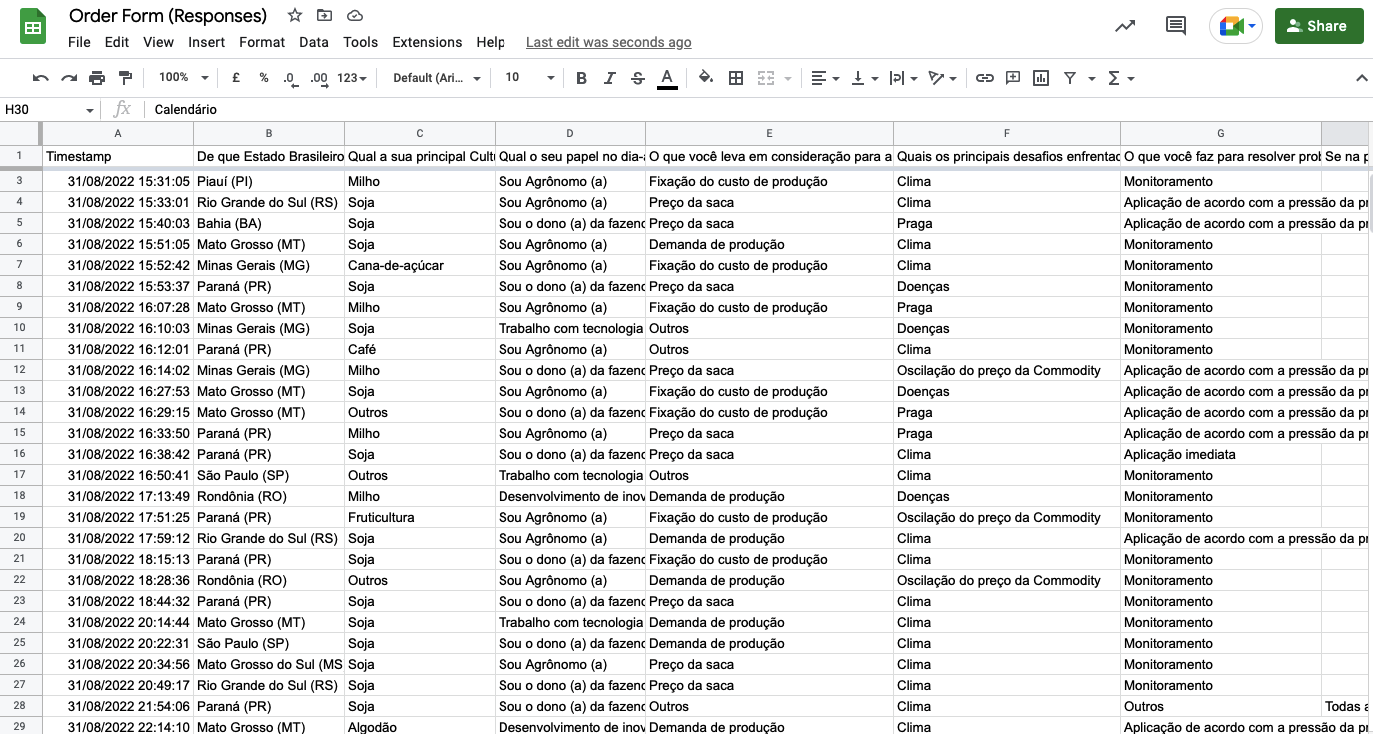 Screenshot by author, December 2022
Screenshot by author, December 2022
You must read the numbers – and don’t forget to use your journalist’s nose to find good headlines.
To make it easier, you can use a dynamic table, which allows you to play with numbers.
After examining the answers and making your analysis, you’ll have a much clearer picture of the best way to create the content.
And good content and link baiting spots are necessary to validate your link building job.
Topical Authority Content – Link Bait
After exploring the survey and synthesizing its insights, it’s time to plan the content for release and distribution.
In this case, I used my customer’s blog to make the research into a linkable asset.
I wrote topical authority content. I explained the survey details and what data was pulled.
It was a huge piece of content about the culture of soy, including information about the history of soy up until the present.
Topical authority, done! I went for the link achievement by creating strong releases and good pitches.
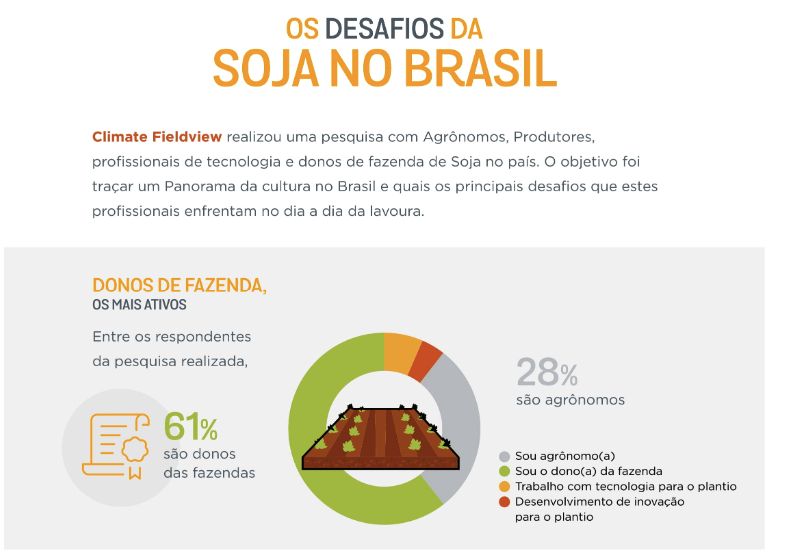 Image from author, December 2022
Image from author, December 2022
For the launch, I conducted different outreach to each site where I wanted to get the link.
This is a good strategy in order to make sure that journalists understand the exclusive material in their email inboxes.
For each headline, a release.
For each journalist, a unique outreach.
How To Create Good Topical Authority Content
Every linkable asset must be a really good one to be “clickable.”
Topical authority (TA) is extraordinary for making this happen.
This is the result of embracing the entirety of a subject or topic, touching all its parts, and communicating everything possible about it on your topical authority material.
To build topical authority, look for themes on Google and use tools such as Semrush, Keytrends, Ahrefs, and others.
If you want to write topical authority content, you must do a Google search on the topic and study the well-positioned sites on the search engine results pages (SERPs).
Look at how they were produced, written, and the data used – go deep on each material there.
Check out the People Also Asked and the related searches, to understand the breadth of how people are thinking about the topic.
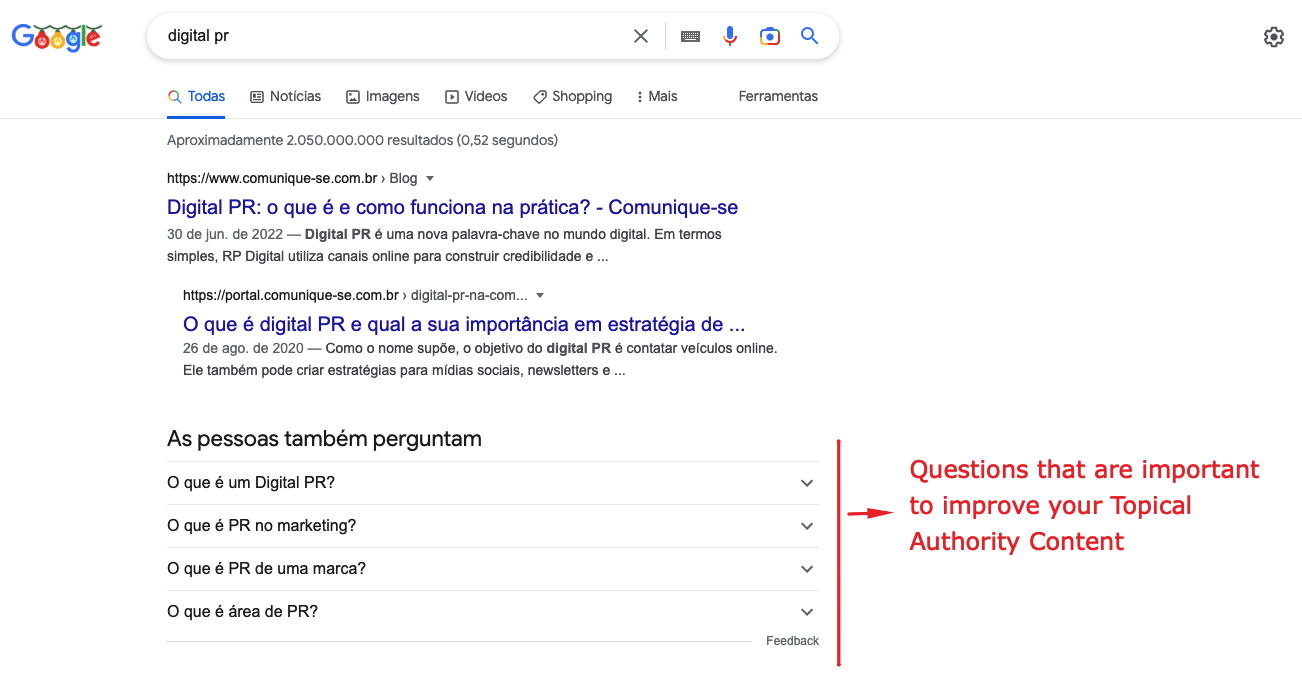 Screenshot from search for [digital pr], Google, December 2022
Screenshot from search for [digital pr], Google, December 2022
Create a spreadsheet with all this content data and use it to map what you want to create.
Once it’s complete, it’s time to write the TA material.
To find good queries, you can use related search.
Devote some time to building the best content online about the subject. This will help attract relevant links and also help your site, as Google will understand that you are the authority on this topic.
First, because of the links that the content will receive, and second, because of the richness of the content itself.
Remember I told you about the journey of link building? It is essential to respect the link building journey; it is the process. Without it, there is no prize “in the end.”
The challenge is keeping the end results in place, as well as not forgetting all the steps that we took in order to reach a successful outcome.
You need to map the campaign steps and record everything. Absolutely everything.
Create a campaign checklist so you can get an idea of how much time you are spending doing each thing. The checklist will also make sure you haven’t missed anything along the way.
What I call a “wishlist” is a spreadsheet with the name of the portal, the contact, and the approach to “sell” the content.
 Image created by author, December 2022
Image created by author, December 2022
Each portal must be mapped with care.
Analyze portal traffic and see if it is in your customer’s segment.
You can put some KPIs to find good sites: domain rating, traffic, search intent of the site, acting niche, external and internal links, and others.
But these KPIs must be taken together; Don’t make your choice based on just one KPI.
Here’s the wishlist template you can use to organize your processes:
| Site | Why* | Pitch | Subject | Outreach | Contact | link |
Tip: Do not release on Monday or Friday. On Mondays, journalists have a lot of emails in their inbox. On Fridays, journalists want to rest and think about the weekend,
To Infinity And Beyond
I have generated more than 23 links within 10 days of releasing the campaign with important players.
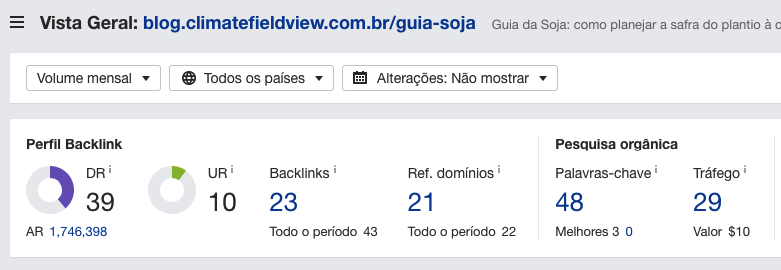 Image created by author, December 2022
Image created by author, December 2022
Besides these results, we got more than 30 links to our research in one month!
What is important besides links? E.A.T! With this kind of research you can improve authority.
And the TA post is already receiving traffic with a first-page keyword, “plantio de soja” within just three months of the campaign:
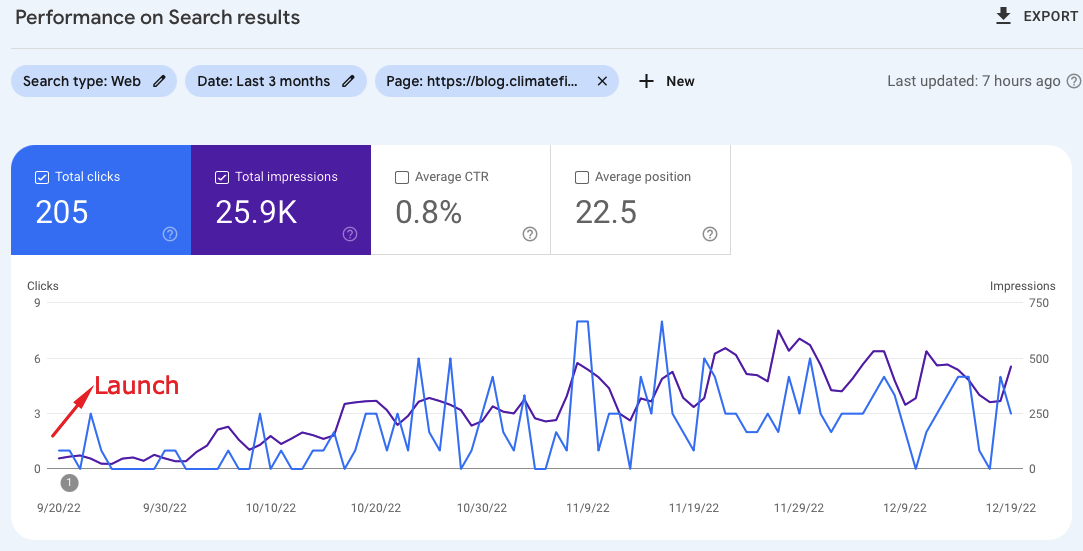 Image created by author, December 2022
Image created by author, December 2022
Google SERP with a keyword on the first page:
 Screenshot from search for [plantio de soja], Google, December 2022
Screenshot from search for [plantio de soja], Google, December 2022
In Conclusion
It’s worth noting that soy culture is a small niche.
But if you use this strategy in more popular markets like tourism, fashion, food, or others, the results could be bigger.
And now, a step-by-step you can’t forget:
Make a survey (15-20 days). Tabulate the answers. Create good headlines. Create a wishlist. Release the content.Here are some of the links to my headlines, all of them in good sites:
MaisSoja. Canal Rural.Now at 42 links… and counting!
More resources:
7 Steps To Building A Kickass Digital PR Campaign Reactive Digital PR: What It Is & How To Use It For Link Building Link Building Guide: How to Acquire & Earn Links That Boost Your SEOFeatured Image: Suteren/Shutterstock

 Aliver
Aliver 







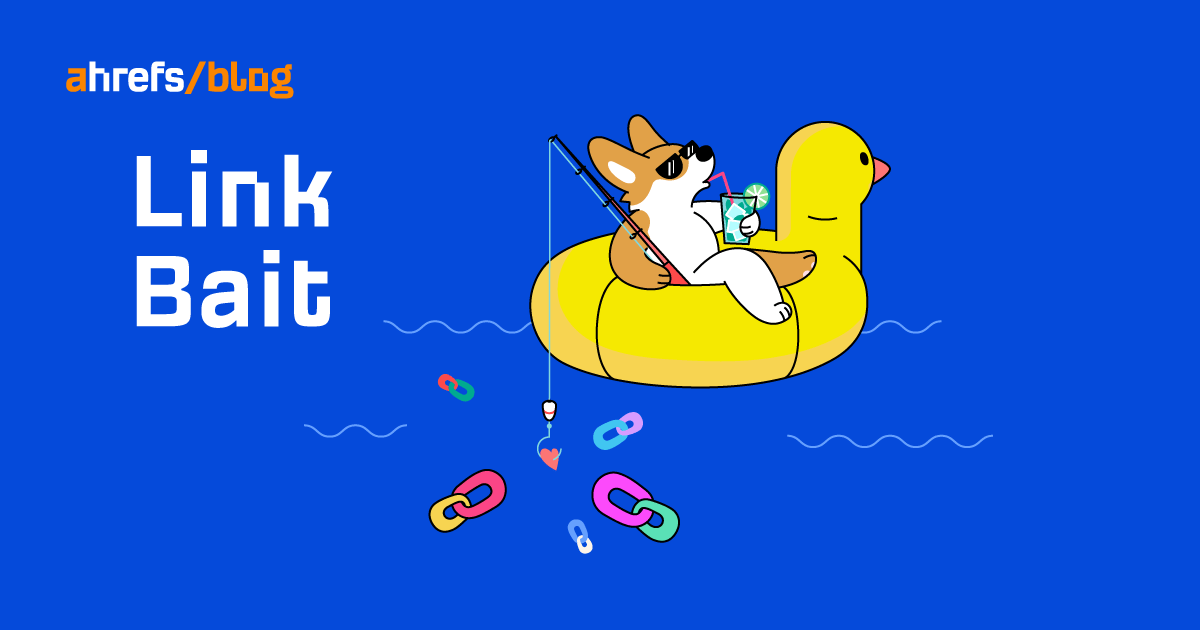




















.jpg&h=630&w=1200&q=100&v=a905e78df5&c=1)



